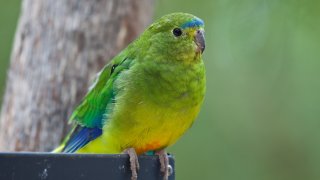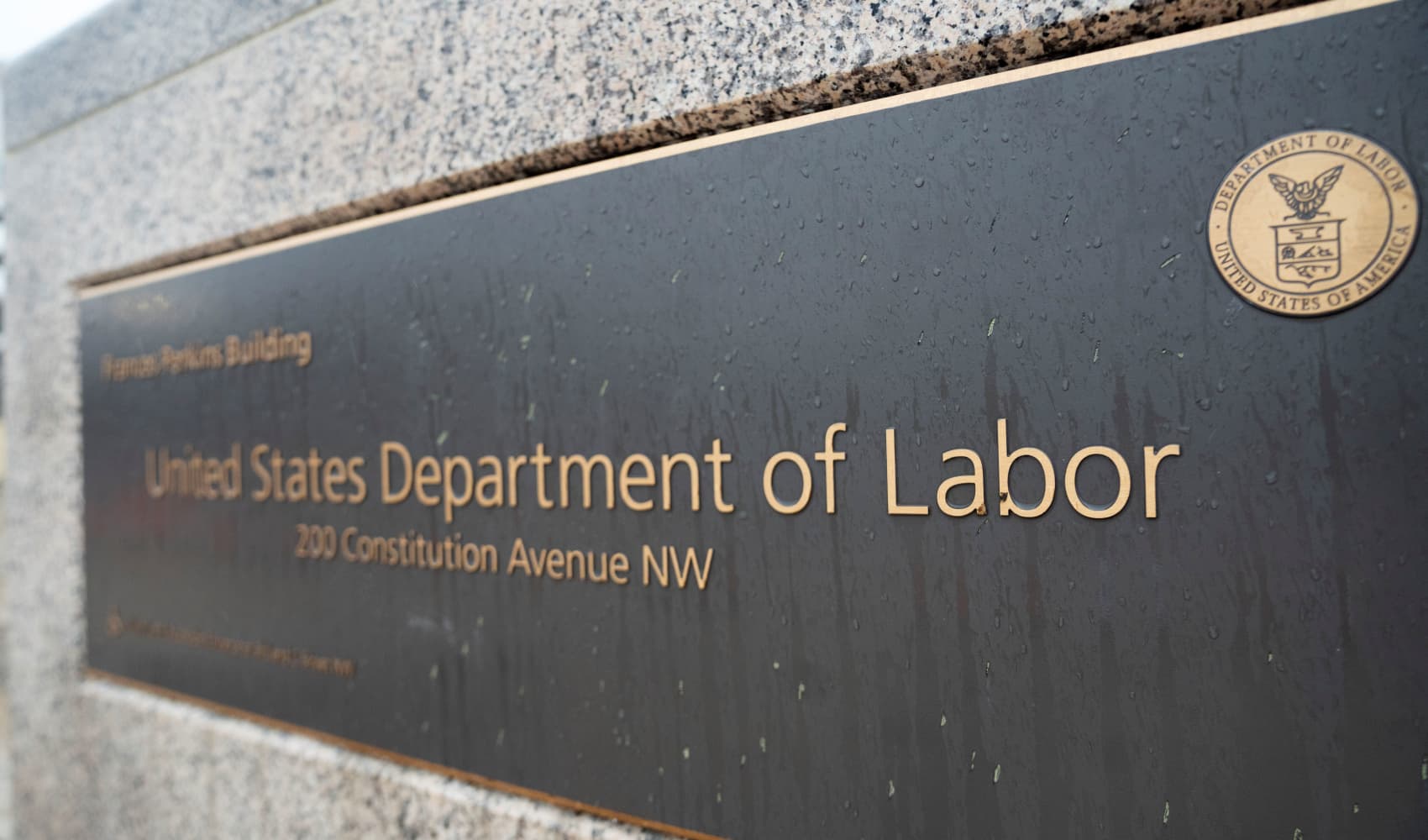
- Project approval is subject to a range of conditions, including one related to the Orange-bellied Parrot, which the Australian government says is critically endangered.
- The interaction of wind turbines with the natural world is likely to become an area of major debate and discussion going forward.
- The U.S. Energy Information Administration says that some wind projects and turbines can lead to the deaths of bats and birds.
Plans for a major new wind farm in Australia were given the thumbs up this month — on the provision its turbines go offline for five months a year to protect a parrot species.
In an environmental assessment report of the Robbins Island Renewable Energy Park, Tasmania's Environment Protection Authority said its board had "determined to approve the proposal" for the project, which could have as many as 122 wind turbines and is overseen by ACEN Australia.
One of the approval conditions relates to the Orange-bellied parrot, which the Australian government says is critically endangered.
Get New England news, weather forecasts and entertainment stories to your inbox. Sign up for NECN newsletters.
"Unless otherwise approved in writing by the EPA Board, all WTG [wind turbine generators] must be shut down during the northern OBP migration period (1 March to 31 May inclusive) and the southern OBP migration period (15 September to 15 November inclusive)," the EPA document says.
In a statement last week, EPA board chair Andrew Paul said the organization had concluded that "significant mitigation measures" were needed in relation to "potential impacts on the orange-bellied parrot population."
Money Report
This was due to "the limited knowledge about the importance of Robbins Island in the annual northern and southern migrations" as well as a need to account for a National Recovery Plan for the species.
"This has led to the inclusion of [project approval] condition FF6 which imposes shutdown periods during the migrations totaling five months when the turbines cannot operate," Paul added.
Robbins Island is located in waters off the northwest coast of Tasmania, a large island and Australian state. If all goes to plan, the total capacity of the proposed wind farm could be as much as 900 megawatts.
CNBC contacted ACEN Australia via the Robbins Island project's website, but did not receive a response prior to publication. The Ayala Corporation, parent company of ACEN Australia majority-owner ACEN Corporation, did not respond to a CNBC request for comment.
In a Facebook post, project developers said they welcomed approval from the EPA, adding that further approvals were needed from the Circular Head Council and the Commonwealth Government's Department of Climate Change, Energy, the Environment and Water. These were expected in early 2023, they said.
In comments reported by the Australian Broadcasting Corporation, ACEN Australia Chief Operating Officer David Pollington described the switch-off condition as "completely unexpected."
The firm would "need to consider our options going forward," the ABC report quoted Pollington as saying.
Amid global plans to ramp up wind power capacity in the years ahead, the interaction of wind turbines with the natural world — including marine and bird life — is likely to become a key area of debate.
The website of the U.K.-based Royal Society for the Protection of Birds states that while wind power "is one of the most advanced renewable technologies" wind farms can nevertheless "harm birds through disturbance, displacement, acting as barriers, habitat loss and collision."
It adds that "impacts can arise from a single development and cumulatively multiple projects."
In order to minimize the effects of both offshore and onshore facilities, the organization stresses the importance of "strategic planning which sites renewables in the least sensitive areas and ... [assesses] ecological impacts at the very start of the process."
The RSPB goes on to state it's calling for a "more strategic and long-term approach to wind development — which will benefit nature and climate."
The U.S. Energy Information Administration has said that some wind projects and turbines can result in bat and bird casualties.
"These deaths may contribute to declines in the population of species also affected by other human-related impacts," it notes. "The wind energy industry and the U.S. government are researching ways to reduce the effect of wind turbines on birds and bats."
Brussels-based industry body WindEurope says the effects of projects can be prevented "by adequately planning, siting, and designing wind farms."
"The impact of wind farms on birds and bats is extremely low compared to the impact of climate change and other human activity," it adds.






